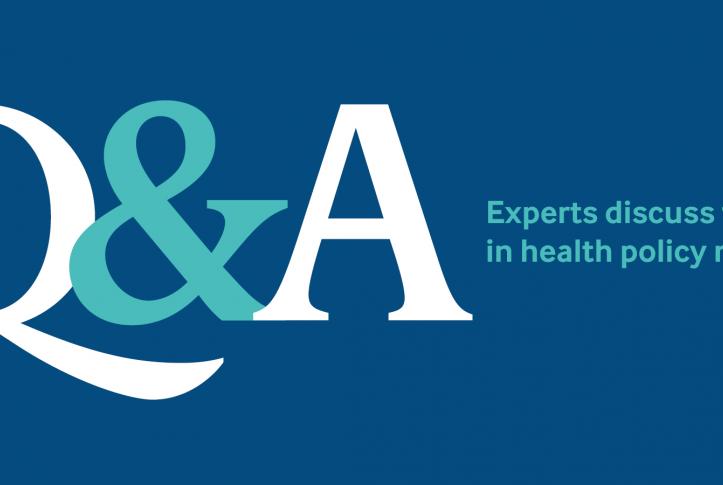
Why did you focus your recent research on brand-name drugs in particular?
Brand-name drugs account for the majority of prescription drug costs: they make up only about 12 percent of prescriptions in the U.S. but about 72 percent of overall spending. Their prices have risen over the past decade well beyond the consumer product index and increases in spending in other health care sectors. Studies and surveys show that many people struggle to pay for drugs that are essential for their care.
Your recent study concludes that, on average, brand-name drugmakers receive a 12-to-16-year window during which they’re free of competition from lower-cost generics. Is this a sufficient amount of time for most manufacturers to recoup their research and development costs?
That is the key question — and it’s controversial. It certainly seems like more than enough time for most large drug manufacturers, which continue to be among the most profitable companies in the world. But we also need to think about the risk that smaller, start-up manufacturers take and whether this time is sufficient, particularly for useful drugs for ultra-rare conditions.
It’s worth discussing whether innovative drugs and noninnovative drugs should enjoy comparable periods. That conversation is being obscured right now: some drugs, like biologics, are getting market-exclusivity periods stretching well beyond that time, and some brand-name drug manufacturers are using strategies to delay competition from generic drugs and extend their market exclusivity.
Your other study describes those strategies, like applying for secondary patents (such as for the way a drug is administered) or restricting generic drugmakers’ access to brand-name drug samples, which they need to demonstrate that their products are equivalent. What might reduce these tactics?
I think it’s a combination of legislative policy changes and prescribing changes. On a policy level, we could come up with systems to automatically review key drug patents to ensure they were properly granted, or we could set down clearer rules that would curb reverse drug settlements — where brand-name drug manufacturers pay generic drugmakers to delay market entry. On an individual level, we need to better educate physicians and patients.
We need to move toward a pharmaceutical market in which generic drug entry occurs in a timely and predictable fashion, so that brand-name drugs get to enjoy a reasonable period of market exclusivity and there’s appropriate competition introduced to help lower prices.
Your studies were published in JAMA Internal Medicine, whose main readers are clinicians. How aware do you think physicians are about the effects of high drug costs on their patients?
More physicians need to recognize that price affects whether their patients take their medication. I experience this very often in my primary care clinic. In a recent Kaiser Family Foundation survey, one of five patients said they had not taken a prescribed medication because of price. That ends up translating to worse outcomes. Unfortunately, physicians are often too busy to pay attention to the various strategies drug manufacturers use to ward off competition, and physicians and patients don’t talk enough about the costs of their drugs.
Policymakers have been talking about high drug prices for years. How optimistic are you about the potential for new regulations or laws aimed at reducing drug prices?
I’m guardedly optimistic. Polls say three-quarters of Americans think drug prices are too high — it’s a bipartisan issue. Most legislators I’ve spoken with on both sides of the aisle recognize the struggles their constituents face in affording medications. It seems the greatest hope for useful interventions in the short term is state legislatures. Maryland, for example, recently passed a bill trying to prevent massive increases in prices for generic drugs. And New York announced an initiative to move to paying for the value of prescription drugs through its Medicaid program.
